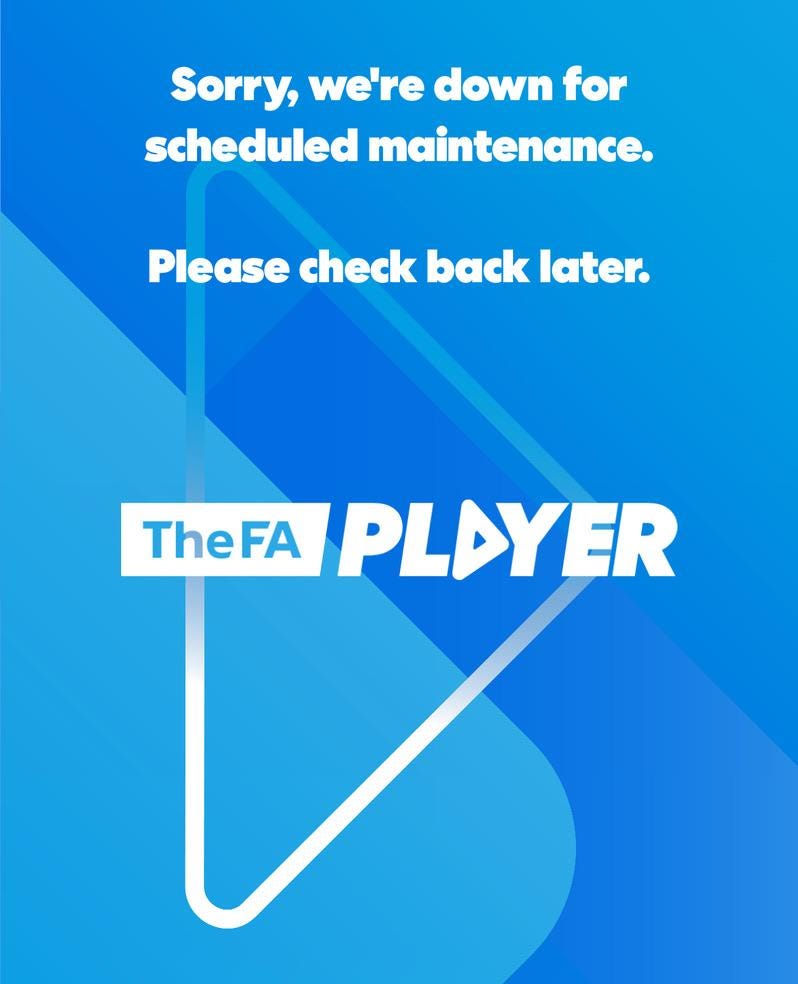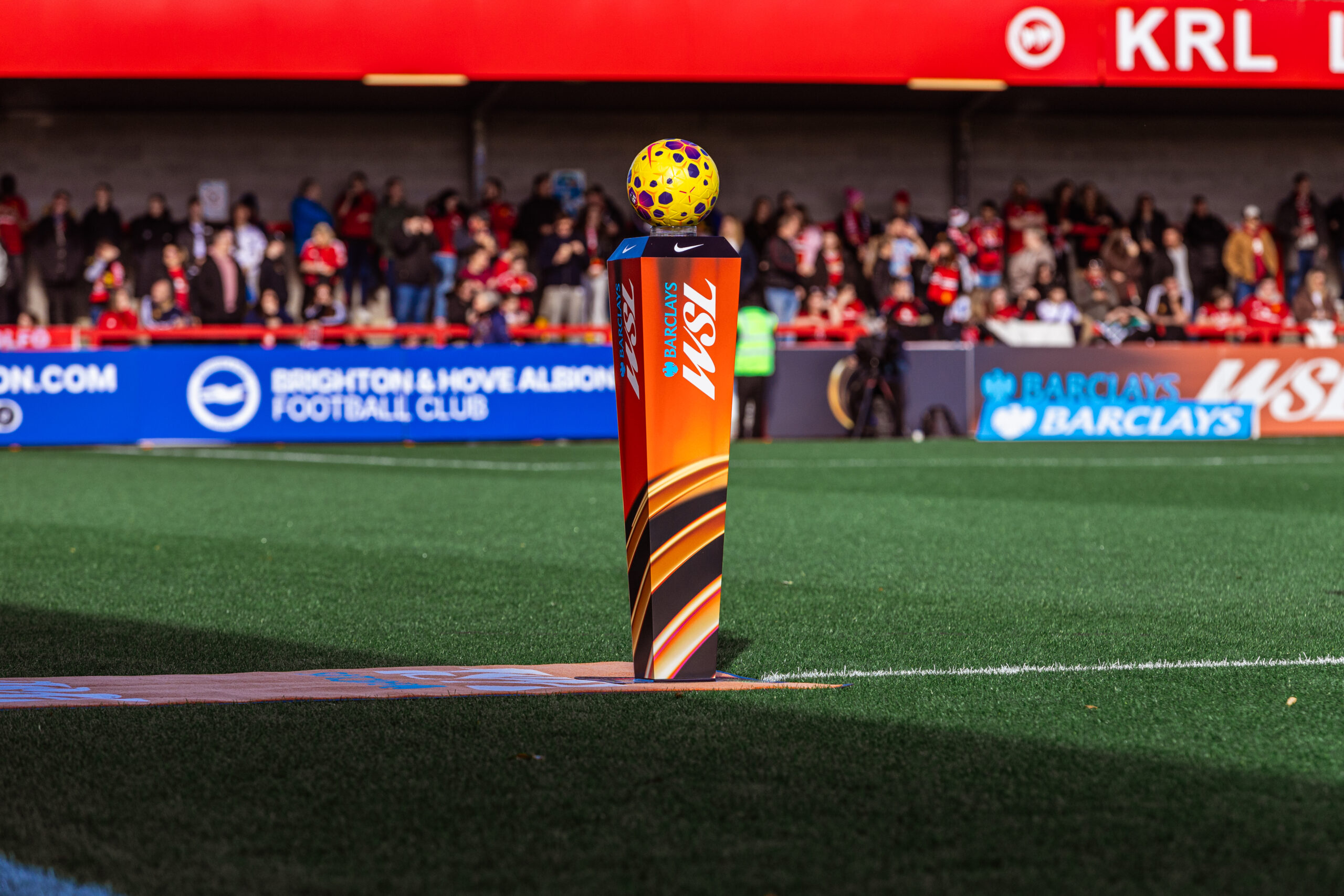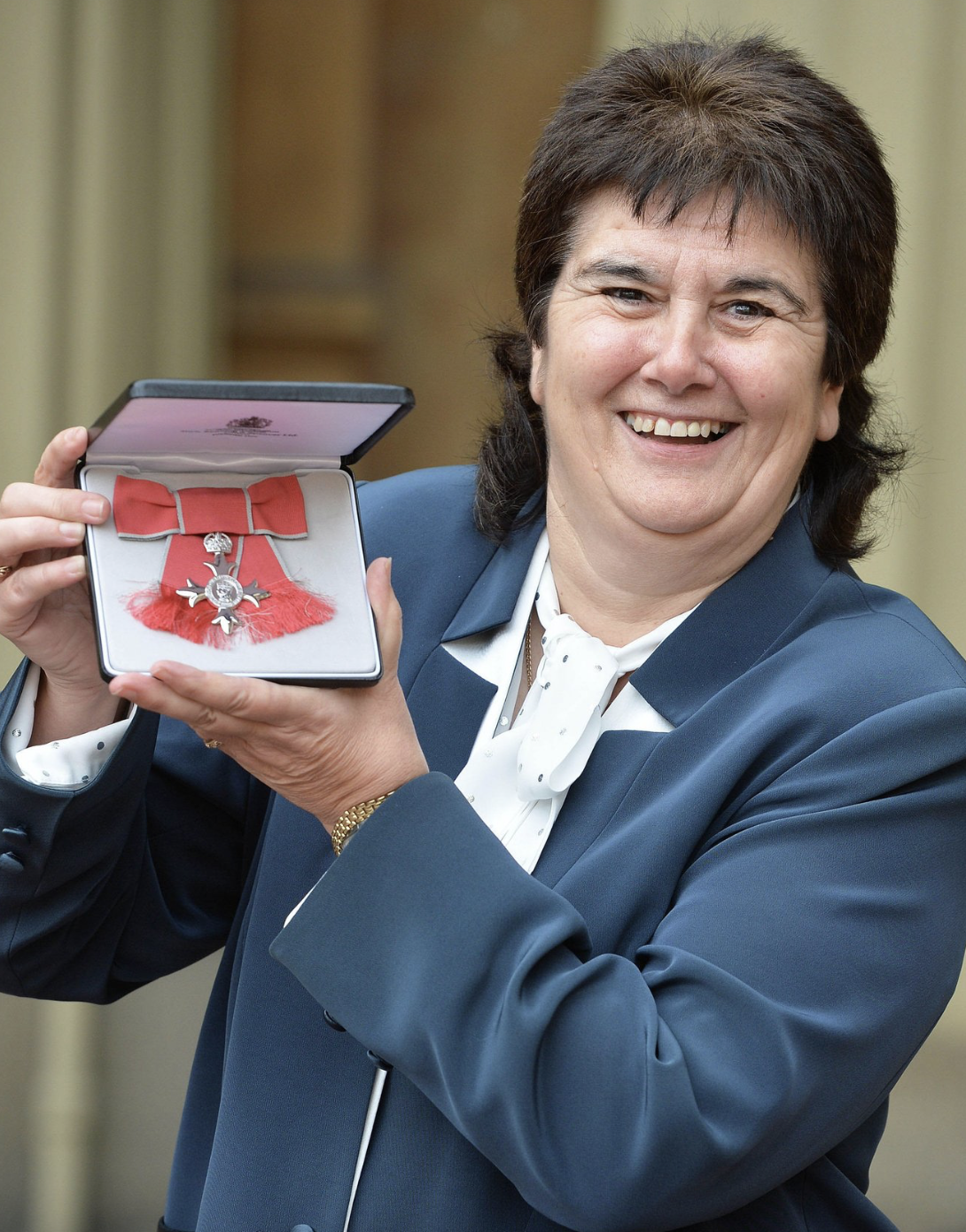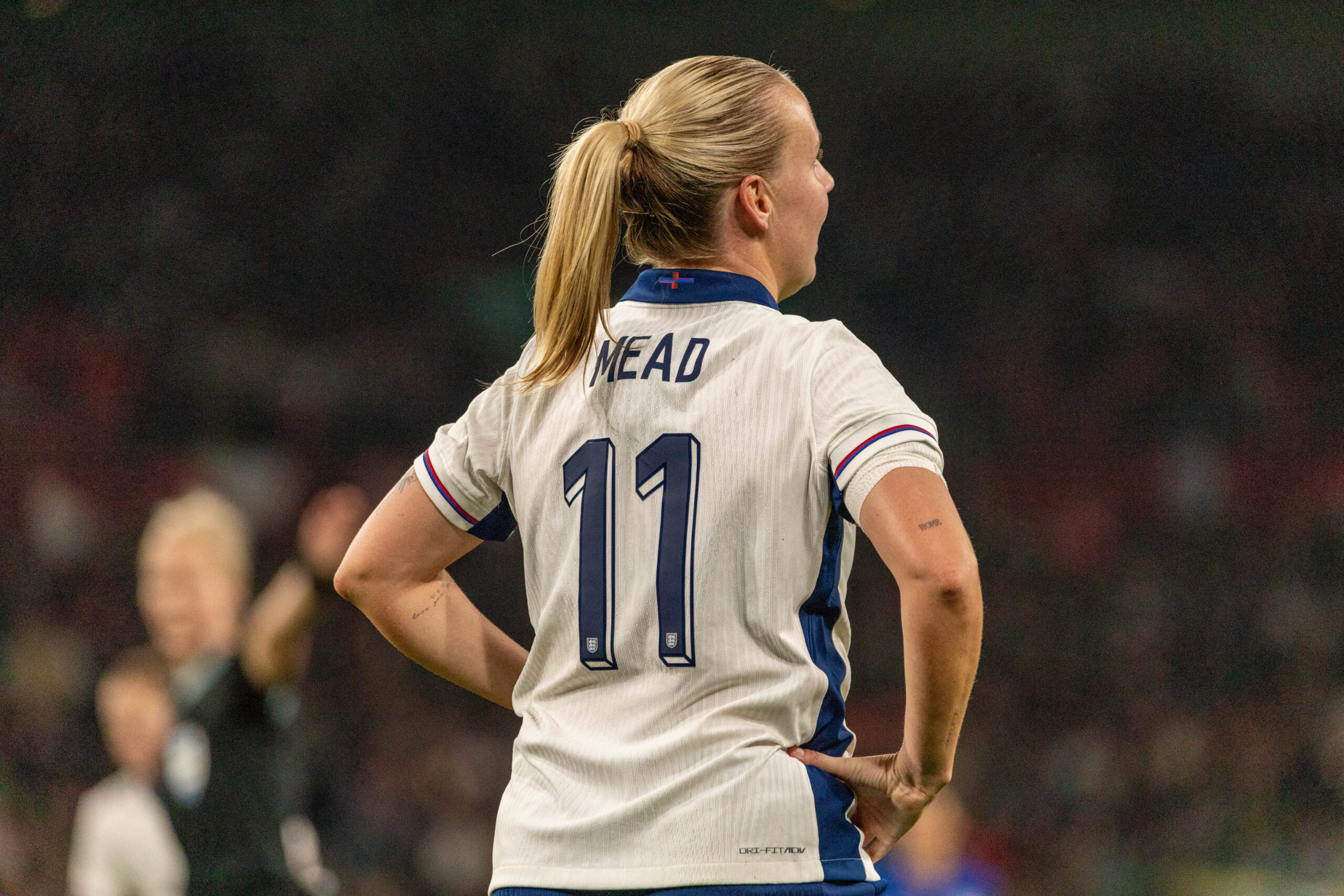It was the summer announcement that rocked the footballing world.
On August 16th, the Barclays WSL X (Twitter) account announced the draw for the Women’s League Cup Group Stage would be made on August 19th. Fans, however, were quick to spot a stark omission.
Continental Tyres, sponsors of the WSL Cup/League Cup since the WSL first came into being, were no longer attached to the trophy. It marked the end of a 13-year partnership and left the trophy without a sponsor going into the new season. ‘RIP the Conti Cup’ mourned fans on social media, mostly in jest. But there was another, more crucial emittance, that was missed by everyone else. Two words, the removal of which here were just a mere ripple, created by the biggest shake-up of Women’s Football in this country since 2011.
The FA.
On August 15th, the long-awaited handover of the WSL and the Championship from the FA to the Women’s Professional Leagues Limited (WPLL), formerly NewCo, was completed. This meant that the WPLL now had control over the top two divisions in English Women’s Football, and by extension, the League Cup, hence the removal of FA branding from the competition name. This might seem like a mere triviality, until you consider the platform the competition was streamed on, and where all its highlights were stored. The FA Player.
The WPLL takeover did not include taking ownership of the FA’s own broadcasting system for WSL and League Cup Ties. This is why, when the fixtures were released on 22nd July, it was announced that the games not selected for TV viewing would instead be live-streamed on YouTube, on the dedicated Barclays WSL channel.
On the surface, this seems like a logical move by the WPLL. As any fan will tell you, the FA Player is not the most reliable of broadcast platforms. The advantages of the lack of cost and the ability to watch all non-TV games are countered by unreliable streams and occasional struggles with operating the interface. By contrast, YouTube is a stable, universally accepted platform, which is already being used by other broadcast companies to livestream matches, such as DAZN’s UWCL coverage.
However, as the FA no longer holds the rights to the WSL, Championship, or the League Cup, it can no longer hold that content on its dedicated platform. That is why, for the last few days, anyone looking to visit the FA Player was greeted with this message:

Throughout the tail end of August, the last five years of content pertaining to the WSL, Championship and the League Cup were being erased from the FA Player. Anyone who visits the platform now can only view FA related content, i.e. the FA Cup (Men and Women) and the Lionesses.
For those trying to preserve the past of women’s football (including me), this was a devastating turn of events. But it was also expected. This was always the endgame. The FA Player was never meant to be permanent; it was created to increase the coverage of the WSL following the post-2019 World Cup boom in interest. It provided a free-access platform for fans to watch (and re-watch) all the matches played. But it also allowed the league to showcase its product to any other broadcaster who might look to invest in the WSL. This wasn’t intended to be the future norm; this was merely a free sample for something bigger down the line.
Whilst the increase in global interest in the WSL can be in part attributed to the FA Player, the fact that the WPLL had to move from one free-cast platform to another proves the FA Player ultimately failed in its goal to find a new broadcaster for the League and bring in that big money deal the sport needs.
The WSL did have its broadcast rights re-negotiated in 2021, which saw Sky take over the baton from BT Sports and the BBC move their coverage from the Red Button to BBC TWO, however, this was an amendment to the existing arrangement. The remaining WSL matches, the Championship and the League Cup are still trapped in free-cast, with no-one willing to pick up the tab, meaning it is on the WPLL to provide the coverage.
No official statement has been made as to who will broadcast the League Cup this season. The group stages have previously been live-streamed on the club’s website or on the FA Player. But not all clubs have that capacity, and the FA Player is no longer an option on the table. The WPLL could move it onto YouTube, alongside its WSL and Championship coverages, but this is only kicking a problem down the line that their predecessors never resolved.
And this is the major conundrum that the new WPLL administration now faces. It has games on its books that need selling out, but no-one is willing to take them, and no fan is willing to pay for them. The free sample advert has become a free sample trap. The WPLL only needs to look over at DAZN, and their attempts to drum up interest of their Champions League Coverage.
When the UWCL format was altered in 2021 to create a group stage, DAZN picked up the broadcast rights on a 4-year deal. DAZN planned to stream all matches for free on YouTube for the first two years, then split their matches between YouTube and their own paywalled DAZN site for the remaining two years, hoping that by then, fans watching their content would be happy to start paying for the privilege of watching UWCL football.
Unfortunately for DAZN, the fans weren’t happy. With the extortionate amounts of money Sky, TNT & Amazon already charge their customers to watch football on their platforms, seeing DAZN trying to also profit off fans wanting to watch their team play made them appear like yet another greedy sports broadcaster. The warning signs were there when DAZN launched their Liga F coverage, and the fury fans exhibited when they realised it wasn’t going to be free to air.
It wasn’t helped that, in their eyes, the quality of the product DAZN were providing did not warrant the subscription they were asking for. Like with the FA Player, broadcasting the games for free meant having to resort to cheaper production values, like the lack of any studio broadcast, or poor quality of commentary. Of course, DAZN charging fans would allow them to invest the money back into the broadcast and improve its quality, but having enjoyed 2 years of free football, fans were unwilling to start coughing up to continue watching. Eventually, on January 17th, DAZN relented and removed the paywall on their UWCL coverage, under the banner of a ‘New Deal’.
DAZN’s struggle to convert interest into money is a problem not unique to them and continues to hold the sport back as a whole. Football broadcasting can generate huge revenues; one only needs to look at how Sky and the Premier League working intertwined helped move them front and centre of football on TV and created the money-making behemoth that exists today. To be able to do that for the Women’s Game too is a powerful aspiration, but unless someone is willing to pay for it, the revenue streams will never kick into gear.
Sky and the Premier League have shown that if the quality off the pitch matches what is on it, then fans will pay to watch the game. Plus, the revenue generated didn’t just fill their coffers, it helped grow the league, improve stadiums, fund academies and raise attendances. Revenue that the Women’s Football pyramid now badly needs, with clubs having to run on losses, rely on their men’s team to balance their books, or in some cases, like Notts County and Reading, fold altogether. The WPLL needs to find that same calibre of broadcast partner, and there are enough suitable candidates out there already working in the women’s game to make it a reality.
The need to determine how Women’s football should be broadcast, and who should pay for it, is a ticking time bomb that has been consistently delayed, rather than resolved.
On 11th April, it was announced that the current TV rights deal, with Sky Sports and the BBC, would be extended for a further year up to the end of 2024-25 season. The continuation of the status quo allowed the FA to abandon all responsibility for the future of WSL coverage, leaving it firmly in the WPLL’s lap before they bailed out of the window. Now it is their responsibility, and they only have a few months to table a resolution to determine the long-term future of Women’s Football on our TV screens. And there is a lot that needs resolving. The League Cup remains a competition of untapped potential. The FA Cup is badly under covered. Only half the WSL games per week make it to TV for money.
The WPLL is sitting on a mountain of fixtures that the world wants to watch. Finding a way to fulfil that demand, convert that interest into profit, and break the infinite yoke of free-cast, is the quandary the WPLL must solve to sustain its existence.



